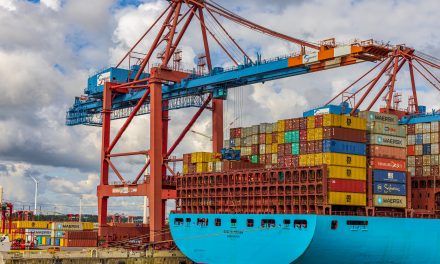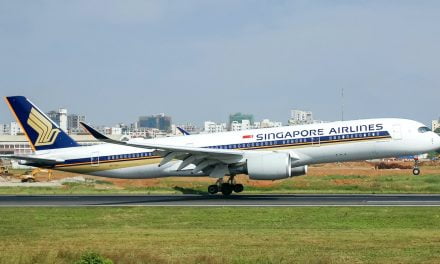Slowing global demand is easing inflationary pressures in Singapore, helping to counteract the rising costs driven by trade tensions, according to a senior economist at S&P Global Market Intelligence.
Core inflation, which excludes accommodation and private transport, fell to 0.6% year-on-year in February, the Monetary Authority of Singapore announced Monday. This was down from 0.8% in January.
February’s decline was driven by lower inflation across most consumer price index categories, except for Retail & Other Goods. On a month-on-month basis, core consumer price inflation edged up by 0.1%.
Headline inflation, which includes accommodation and private transport, eased to 0.9% year-on-year in February, compared to 1.2% in January. This reflected a moderation in private transport inflation, along with the decline in core inflation. On a monthly basis, CPI-All Items increased by 0.8%.
Singapore inflation easing amid countercurrents
Turning to broader influences, Singapore’s heavy reliance on trade and imports makes it especially sensitive to global economic shifts. While geopolitical tensions and supply chain disruptions can push inflation higher, weaker global demand and potential geopolitical resolutions may provide some counterbalance.
“Nearly 40% of every dollar spent in Singapore goes to imports, and total trade exceeds 300% of gross domestic product, making the economy highly exposed to global shocks,” Ahmad Mobeen, senior economist at S&P Global Market Intelligence, told Diplomatic Network (Asia) in an interview on Wednesday.
“Geopolitical tensions and trade frictions, though not directly targeting Singapore, can still raise import costs via disrupted global supply chains. For example, new US tariffs on Venezuelan oil risk inflating energy prices, which may cascade into higher transport and production costs domestically.”
On the flip side, ongoing trade frictions and geopolitical tensions have made businesses and consumers wary, prompting reduced spending and investment.
“Weaker global demand is creating disinflationary pressures, helping to offset the inflationary effects of trade tensions and volatile oil prices. A potential Russia-Ukraine deal could further ease oil-related risks if Russian supply reenters more substantially in the global market,” Mobeen said.
Consumer spending
Singapore’s consumer spending scene in 2025 is navigating a balance between recovering retail momentum and persistent cost pressures. With inflation largely contained, sectors such as Fashion, Personal Care, and Electronics have seen a notable rebound
“Consumer spending [has also been] aided by festive-related promotions and 2025 budgetary support to stimulate domestic demand,” Mobeen said.
“In January 2025, retail sales rose 4.5% year-on-year. Growth was strongest in Watches & Jewelry, Apparel, and Department Stores,” Mobeen said.
“Meanwhile, government subsidies in public healthcare, preschool, and transport will also help to keep service inflation low. However, rents remain elevated, especially for private homes and renewed HDB leases. As a result, households will likely be cutting back on non-essentials like decor and streaming services to cope with the elevated housing costs,” he said.







